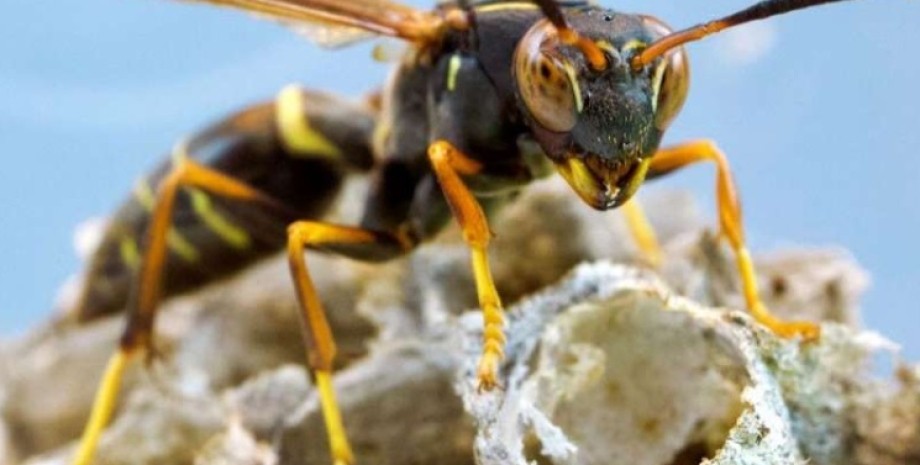
According to an entomologist from Georgia University Helen Berk, the virus particles get to the caterpillar through the sting of the wasps along with her own eggs. Further, the viruses are thrown into the cells of the caterpillars, delivering genes different from the normal virus - they suppress the immune system of the caterpillar and control its development, turning it into a harmless nursery for wasp offspring. In focus. Technology has appeared its Telegram channel.
Subscribe not to miss the latest and most intrusive news from the world of science! It should be noted that in the world of insects is full of species of parasites that eat other living insects in childhood. However, scientists do not fully understand how they managed to repeatedly adopt and tame wild viruses that cause diseases and then turn them into biological weapons. Studying viruses at different stages of domestication, researchers today understand how this process unfolds.
Typical of the virus is a group of brakiiruses, scientists believe that they all come from one virus, which infected OSU or host-host about 100 million years ago. This ancient virus managed to literally embed its DNA into the wasps. Subsequently, new types of OS emerged, and their viruses were diversified with them. Studies show that today the descendants of the ancient virus are present in 50,000 OS species, including MicroPlitis Demolitor.
Other domesticated viruses come from different wild viruses, which at different times penetrated into the OS genomes. In many cases, researchers still need to find out what genes and proteins inside the host is, or prove that they act as a weapon. But they untangled some details. For example, it is known that MicroPlitis Demolitor uses bracowiruses to deliver the GLC1. 8 gene in the immune cells of the caterpillar moth.
This gene causes infected cells to produce mucus, which prevents their adhesion to the wasps. Other genes in bracowirus force immune cells to kill themselves, and others do not allow caterpillars to suffocate parasites with melanin shells. And yet the "domestication" of dangerous ancient viruses looks very risky. According to an entomologist from Tennessee Kelsey Coffman University, the wasps were likely to find a way to control the virus so that it could not infect and kill it.
What did the wasps do? First, they castrate viruses, depriving them of their ability to multiply, because they simply have no genes that play an important role in the creation of new viral particles. Secondly, the wasps control where and when the particles of a domesticated virus are produced. Third, the key genes of the virus were actually completely lost, so viruses cannot replicate their own DNA.










All rights reserved IN-Ukraine.info - 2022